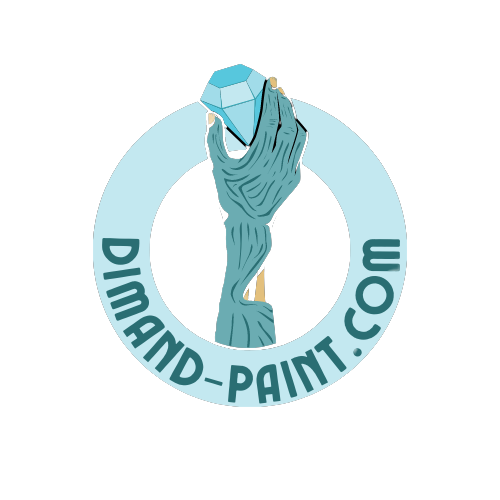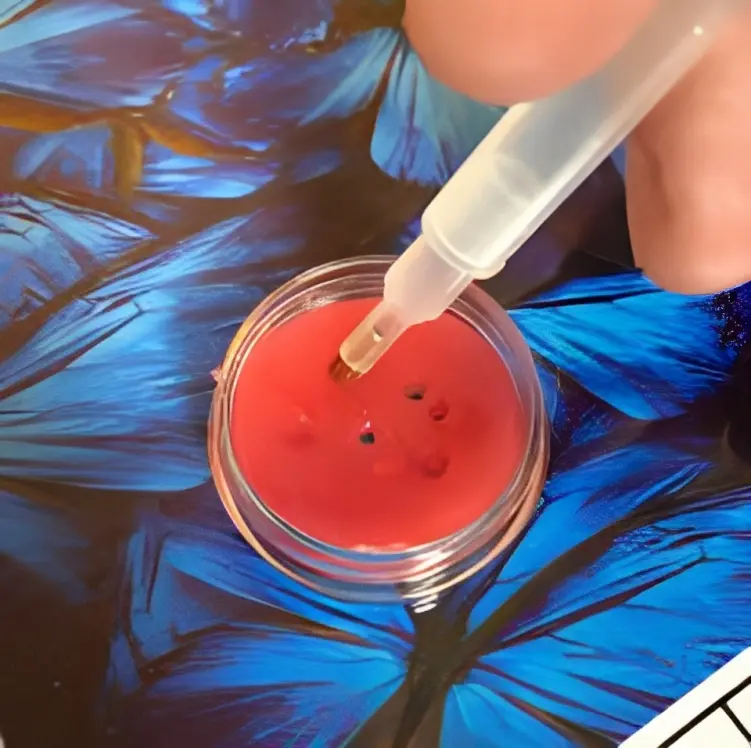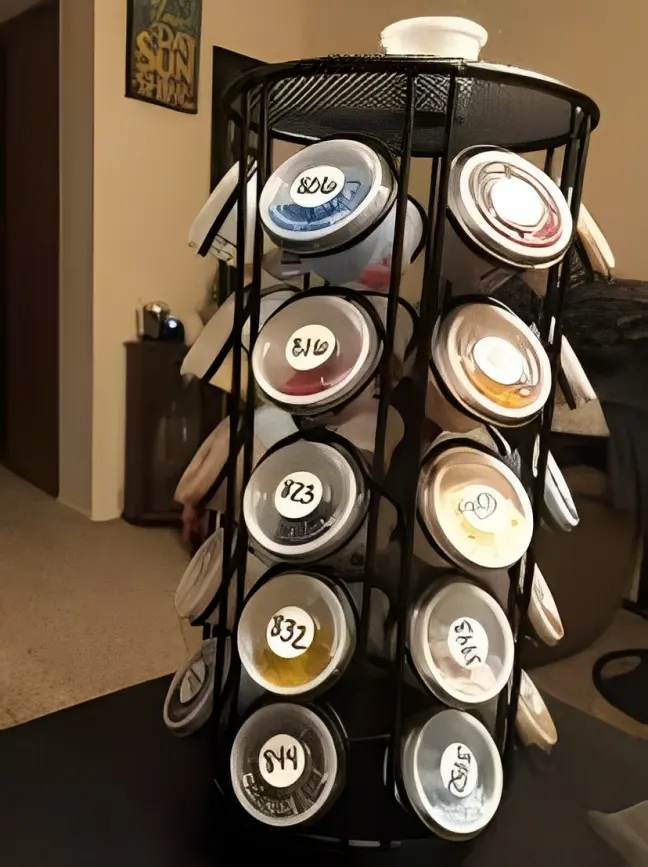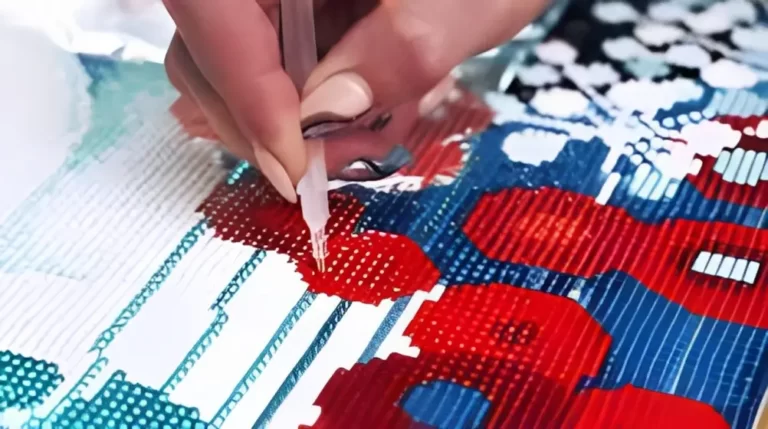How Often to Add Wax in Diamond Painting?
Diamond painting is a popular and creative craft that involves placing small, sparkling diamonds onto a canvas to create a beautiful piece of artwork. One of the essential tools in diamond painting is wax, which helps in picking up the diamonds and adhering them to the canvas. However, many beginners and even experienced diamond painters often wonder how often they should add wax during the painting process. In this article, we will explore the frequency of wax application and provide useful tips to enhance your diamond painting experience.
Importance of Wax in Diamond Painting
Wax plays a crucial role in diamond painting by providing the necessary adhesion between the stylus pen and the diamonds. It ensures that the diamonds stick to the pen and can be easily transferred to the canvas. Without wax, the diamonds would not adhere properly, making the painting process challenging and frustrating.
Factors Affecting the Frequency of Wax Application
Several factors can influence how often you need to add wax during the diamond painting process. These factors include:
Size of the canvas:
Larger canvases generally require more wax application due to the increased number of diamonds to be placed. Smaller canvases may need less frequent wax application.
Complexity of the design:
Intricate and detailed designs with numerous symbols and colors may require more wax application to ensure precise placement of the diamonds. Simple designs with fewer symbols may require less frequent wax application.
Skill level of the diamond painter:
Beginners might need to apply wax more frequently as they become familiar with the technique. Experienced diamond painters may find that they need to add wax less often due to their proficiency and efficiency.
Temperature and humidity conditions:
High temperatures and humidity can cause the wax to become softer and less effective. In such conditions, more frequent wax application may be necessary to maintain proper adhesion.
Recommended Wax Application Techniques
To ensure optimal diamond adhesion, it is important to apply the wax correctly. Here are some recommended techniques:
Signs of Wax Depletion
As you progress with your diamond painting, it is important to be aware of signs that indicate the need for wax replenishment. Some common signs of wax depletion include:
If you encounter any of these issues, it is a clear indication that you should add wax to the stylus pen.
Determining the Ideal Wax Application Frequency
The ideal wax application frequency can vary depending on personal preference and the specific canvas being worked on. It is recommended to use a trial and error method to determine the frequency that works best for you. Start with applying wax at regular intervals and adjust the frequency based on your experience and observation.
Expert recommendations can also provide guidance on wax application frequency. Some experts suggest applying wax every 30 minutes of diamond painting, while others recommend adding wax whenever you notice a decline in adhesion. Ultimately, finding the ideal wax application frequency is a matter of personal preference and experience.
Maintaining the Wax in Optimal Condition
To ensure that the wax remains in optimal condition throughout your diamond painting journey, it is important to store it properly. Store the wax in a cool and dry place to prevent it from drying out or becoming too soft. Resealable tubs or caddies are a convenient option for storing wax, as they keep it clean, fresh, and prevent it from hardening.
If you notice that the wax has become too hard or ineffective, it is advisable to replace it. Using dried-out or ineffective wax can impede the diamond adhesion process and make it more challenging to complete your diamond painting.
In addition to maintaining the wax, it is essential to clean the stylus pen regularly to remove any excess wax buildup. This ensures that the pen continues to function optimally and provides consistent diamond adhesion.
Common Mistakes to Avoid with Wax Application
While wax is an essential tool in diamond painting, it is important to avoid some common mistakes associated with its application. These include:
To ensure a smooth diamond painting experience, be mindful of these common mistakes and apply the wax appropriately.
Additional Tips for Successful Diamond Painting
Apart from wax application, there are several additional tips to enhance your diamond painting experience:
Conclusion
Wax plays a crucial role in diamond painting by providing adhesion and making the process smoother. The frequency of wax application depends on factors such as canvas size, design complexity, skill level, and environmental conditions. By being attentive to signs of wax depletion, following recommended application techniques, and avoiding common mistakes, you can ensure a successful and enjoyable diamond painting experience.








One Comment